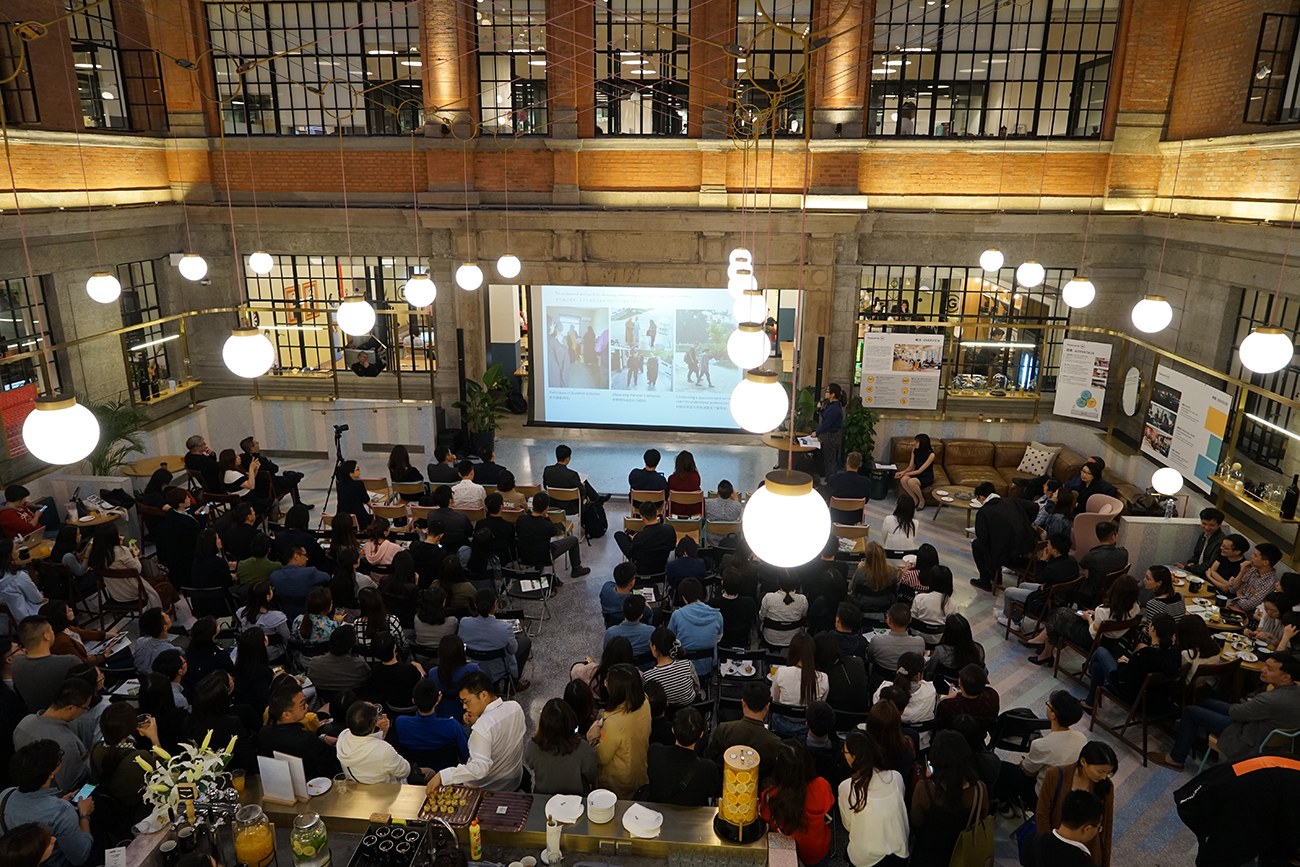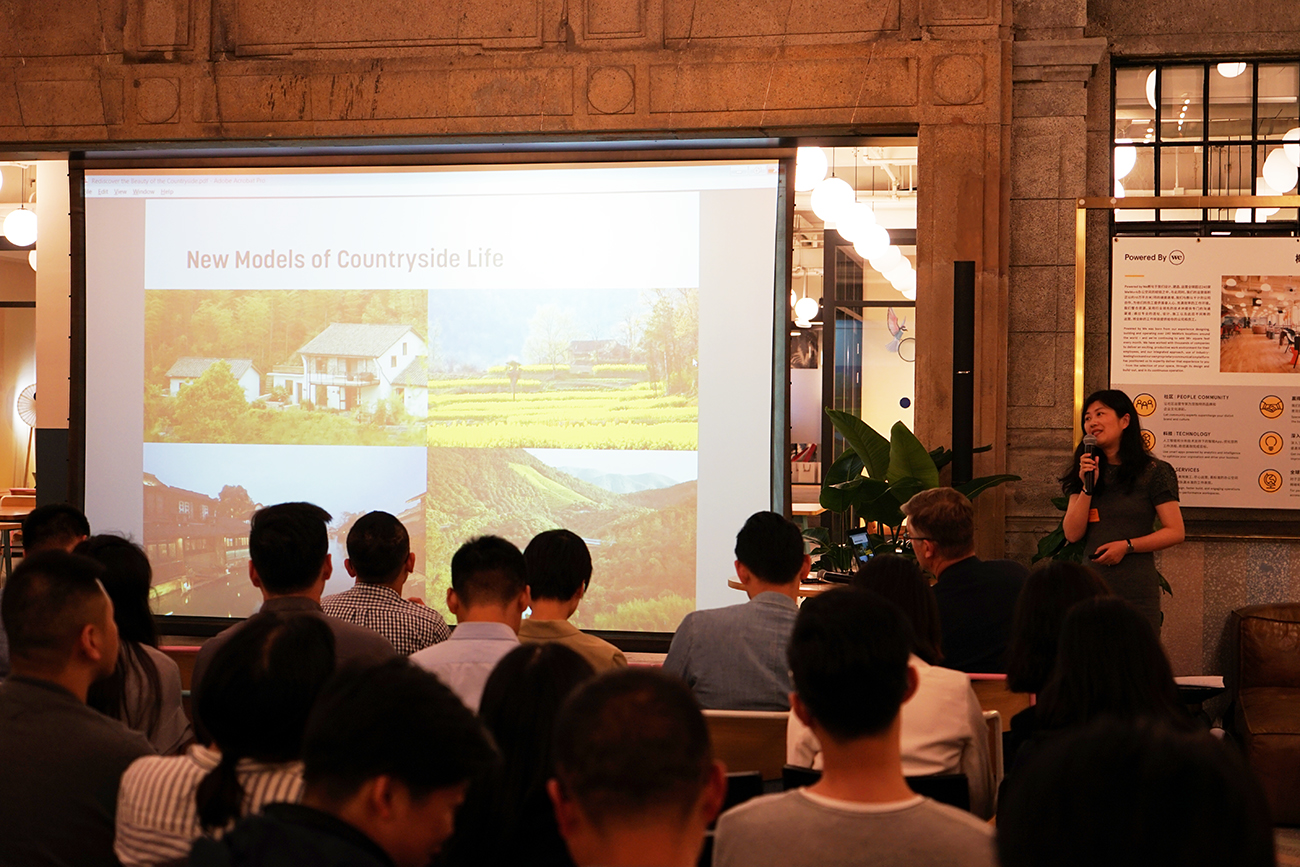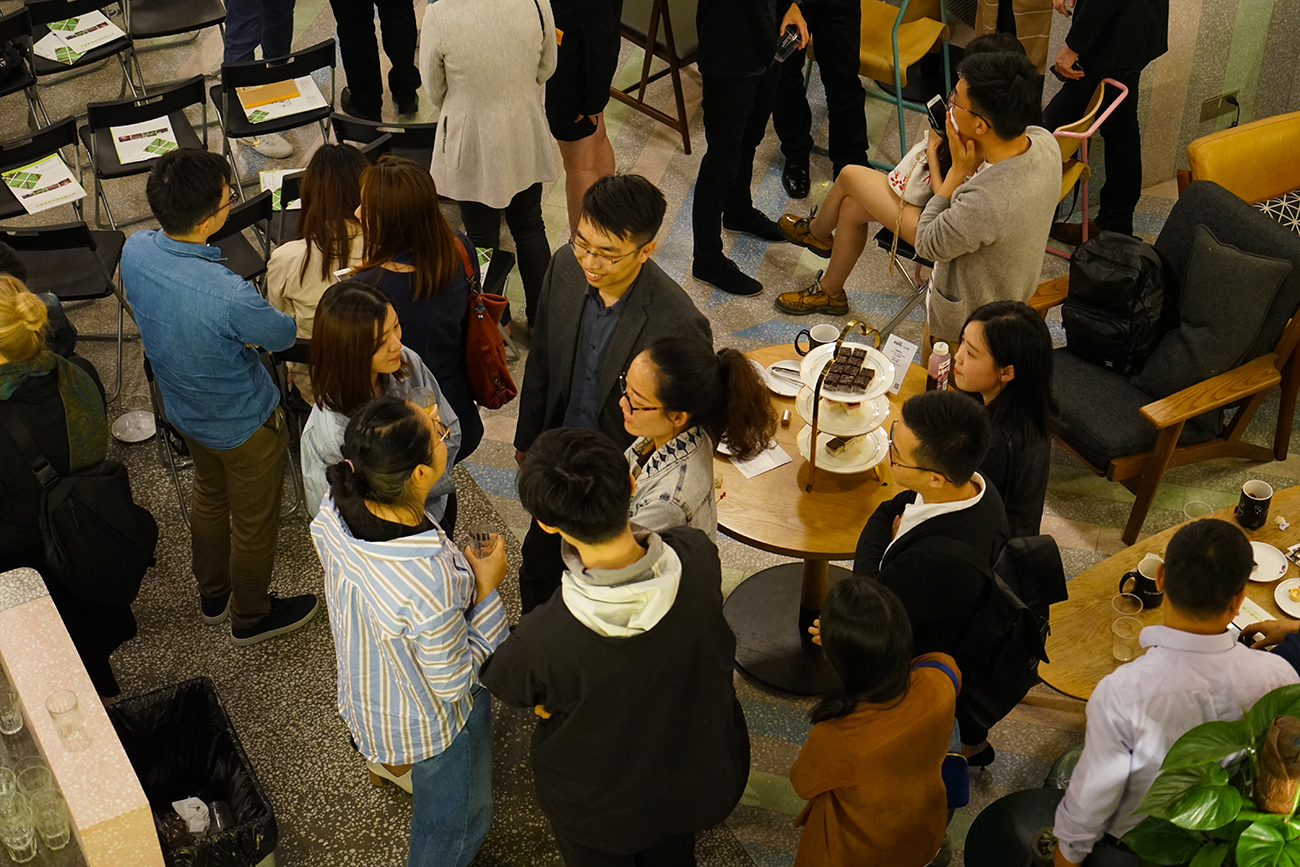Sasaki Presents at Shanghai Landscape Forum
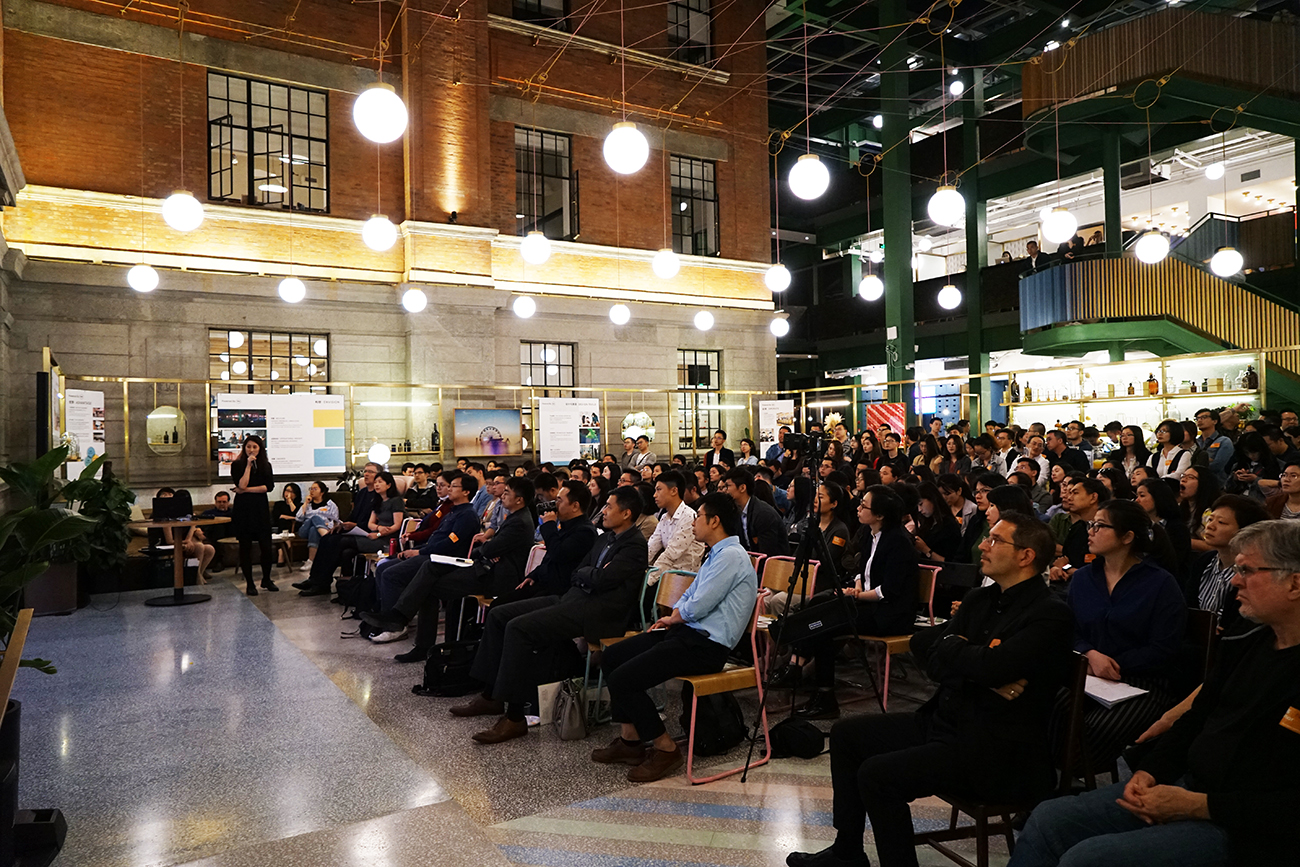
 Sasaki
Sasaki

Mark Dawson, FASLA, landscape architect and principal, and Dou Zhang, ASLA, landscape architect and co-director of Sasaki’s Shanghai office recently attended the Shanghai Landscape Forum. The Forum, initiated by Sasaki, AECOM and SWA in 2017, and currently organized by the three founding companies as well as a group of leading international landscape architecture practices operating in China (also including ASPECT Studios, SOM, TLS) was held in May 10th in Shanghai.
Zhang presented “Rediscover the Beauty of the Countryside,” an exploration of how landscape architecture can help preserve and celebrate traditional rural lifestyles while creating avenues for economic prosperity at the village-level.
Dawson delivered the closing remarks, encouraging the practitioners to think critically on issues of cultural heritage in landscape, and to embrace that today’s work builds the heritage of tomorrow.
The following is a synopsis of Zhang’s presentation.
China’s countryside is faced with increasing challenges from encroaching urban sprawl and declining populations. The population decline is most clearly tied to residents immigrating to cities—a trend spurred on by a gap in living standards that continues to grow between cities and the countryside.
Civic leaders of these shrinking towns and villages have begun to find novel ways of promoting the values of their charming rural settings and traditional ways of life. Indeed, the industry of countryside tourism, or “eco-tourism,” is growing fast—especially in the regions abutting China’s major cities. Eco-tourism provides city-dwellers with unique opportunities to experience village life, and also serves as a modernizing catalyst for the countryside’s economy.
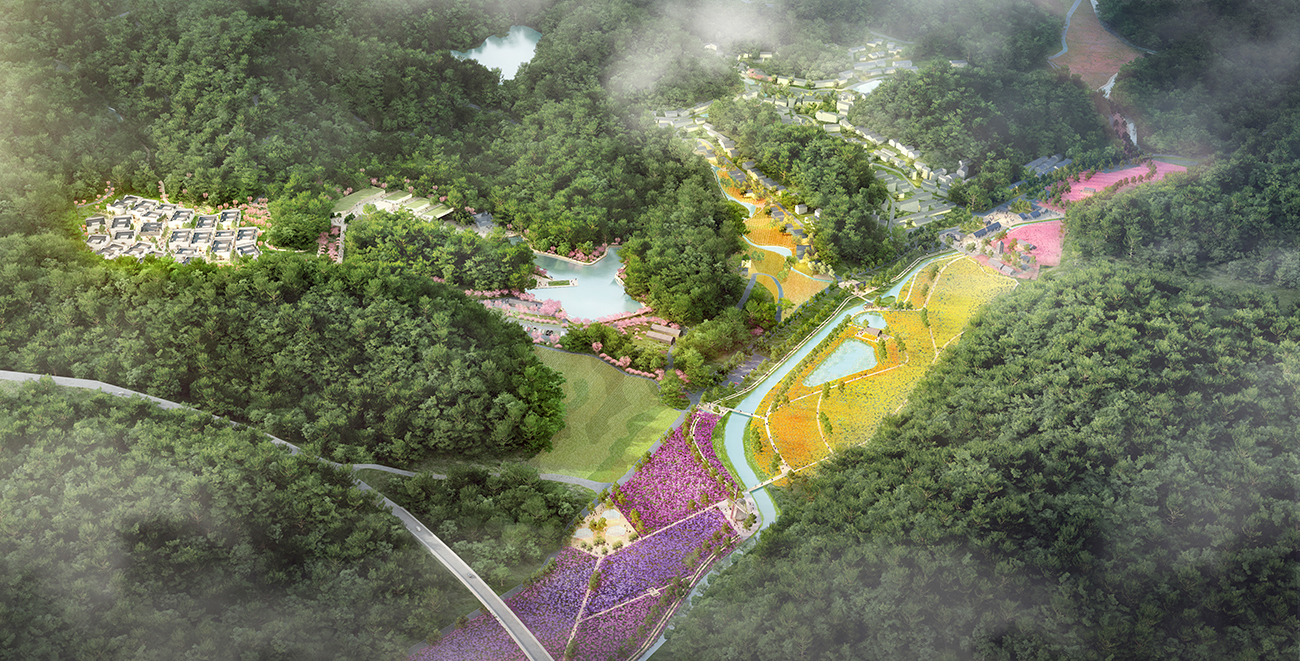
The benefits of this burgeoning industry, however, come with a host of challenges. How can villages protect their natural resources while simultaneously inviting more and more people to visit them? What toll will increased transit have on regional infrastructure, and how can the detrimental damages be mitigated? As of yet, there is no foolproof approach to initiating and promoting eco-tourism in a sustainable way. For the best chance of non-exploitative and long-term success, planners and designers must play a central role in establishing baseline best practices and preparing public spaces to withstand sudden influxes of tourists.
Playing out a theme common across many of China’s smaller communities, Hesilu Village has suffered from decades of impoverished conditions, bringing many villagers to migrate cities for better job opportunities. In 2008, Mr. He, a new village leader, began to attract attention for Hesilu through promoting its lavender industry as a tourist attraction. In 2015, to build upon the initial successes of increased tourism, Mr. He contacted Sasaki to help create a holistic plan for the village’s future spatial and economic development.
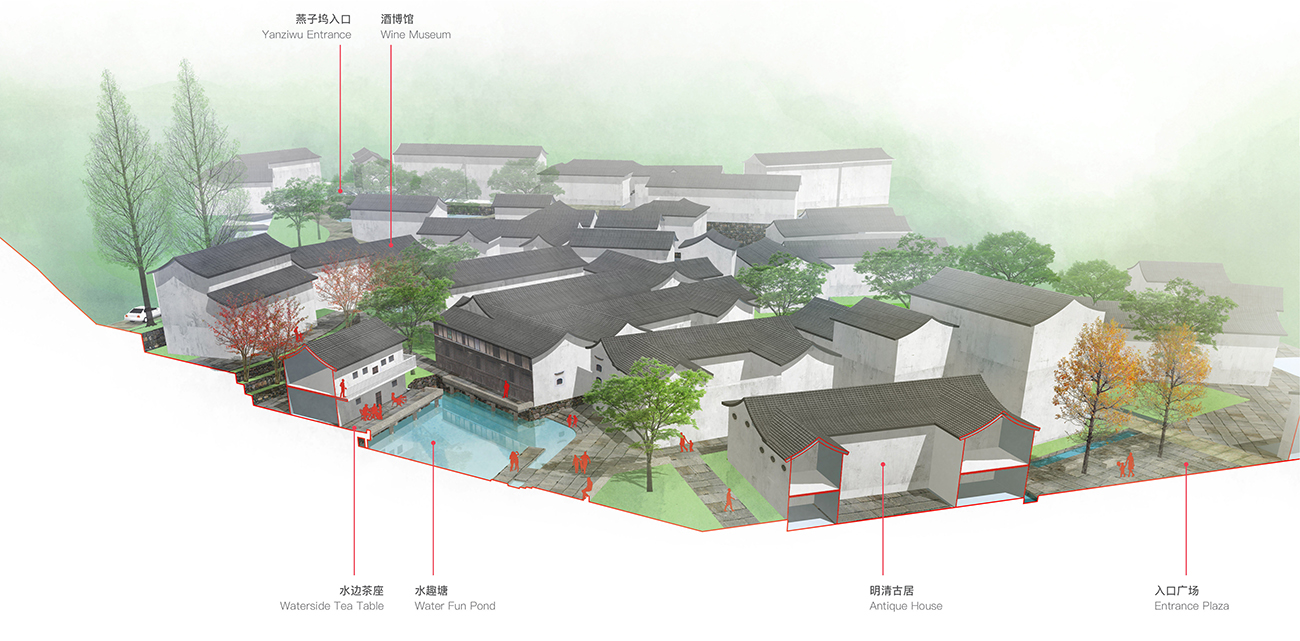
As we began taking stock of Hesilu’s existing conditions, it was clear that its natural setting and agricultural landscape were truly unique assets. The village’s settlement pattern has long built upon this idyllic context, creating a remarkable showcase of rural culture and lifestyle. Respecting and protecting this rich environment, both natural and built, was critical to planning the future of this countryside.
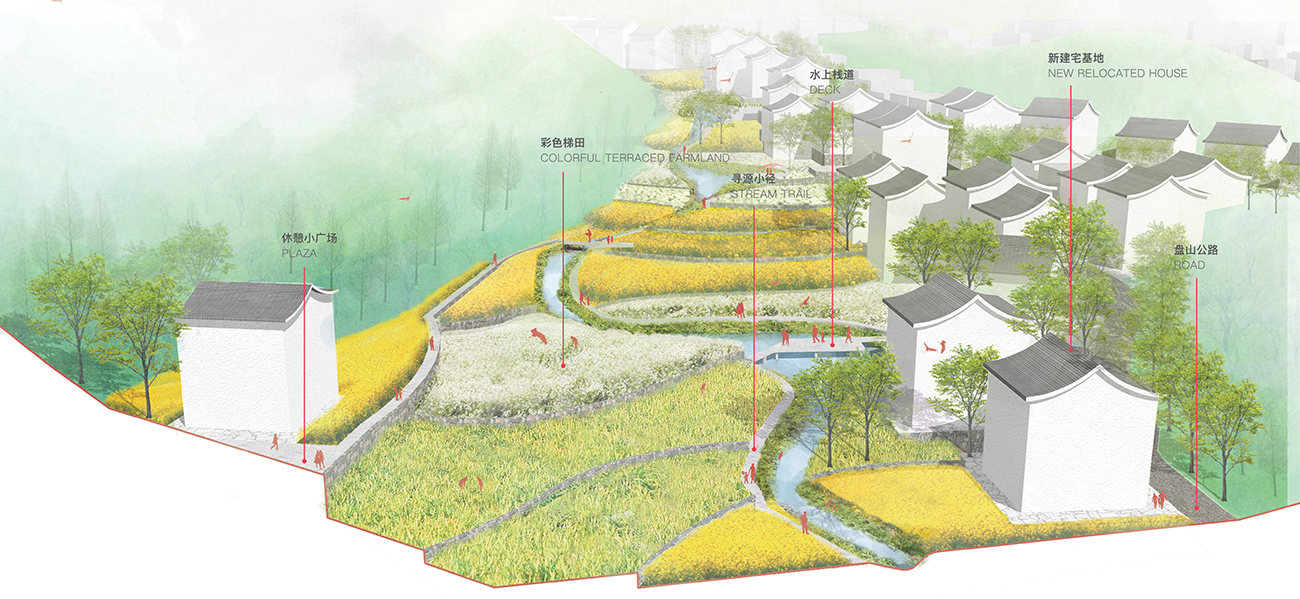
Sasaki’s plan envisioned a Hesilu Village version of the “Chinese Dream”—the tagline for a national revival initiative laid forth by President Jinping Xi in 2012—by creating a destination for ecology, recreation, and education through celebrating the landscape and village culture. The spatial design concept is built upon such vision and unfolded through four story lines, mountain, water, flower, and village. The design connects and promotes the unique landscape features in the area while rediscovering the village culture as a spiritual legacy, enabling tourism as a major economic drive for the village. Local economy would further allow villagers to sustain a contemporary life style and enhance the overall quality of the village.
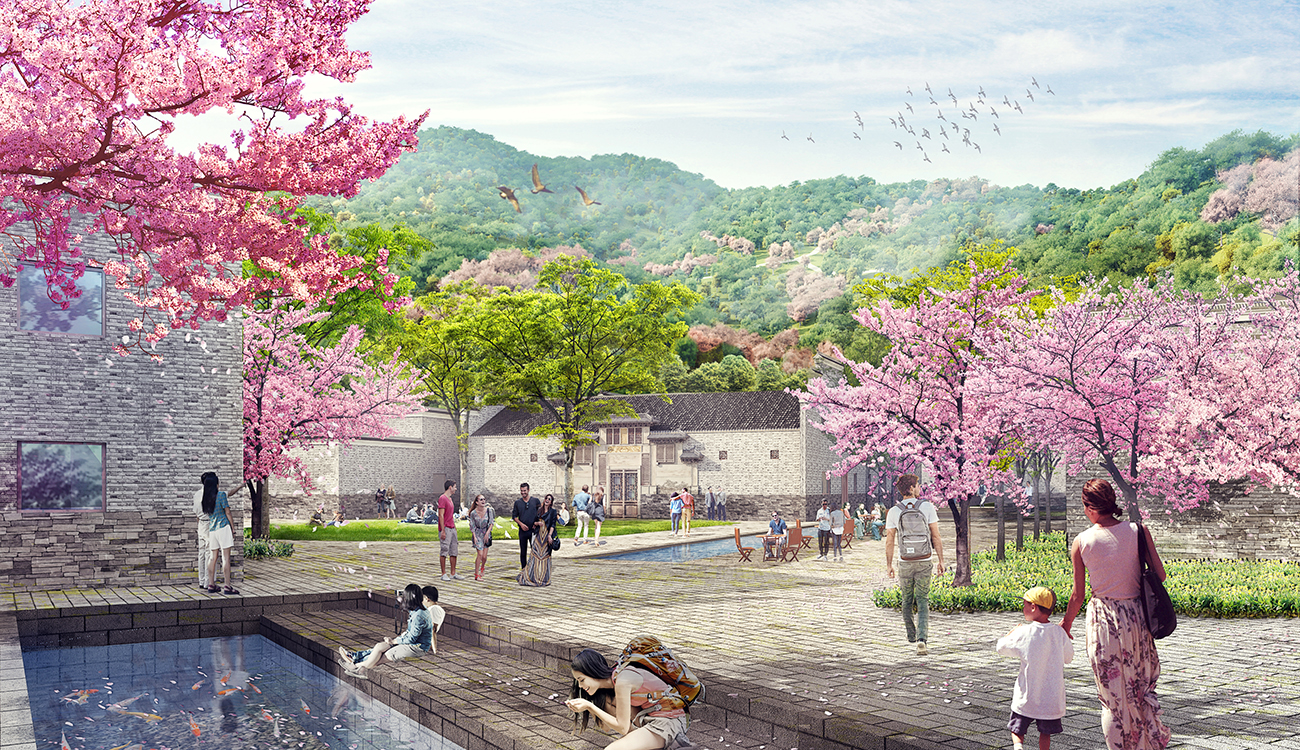
Aside from protecting the existing natural resources to reduce potential natural disasters, the design celebrated the distinguished site features, enhance the local characteristics and identity such as folk art, vernacular architecture and organic product, and introduce unique recreational programs fit in the mountain and village setting.
As China’s eco-tourism trend grows, so too will concerns of environmental degradation and disturbances to the very country idyll that tourists are vying for. An intentional approach, such as our landscape plan for Hesilu, can offer towns and villages a road map to prosperity. Through intentionally protecting their assets while embracing new revenue models, these communities can embrace greater opportunities for a brighter future.
See more photos of the event below:
